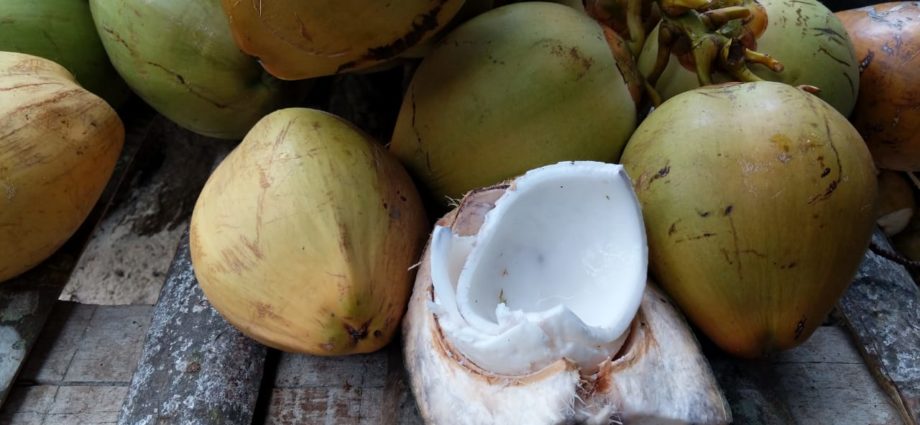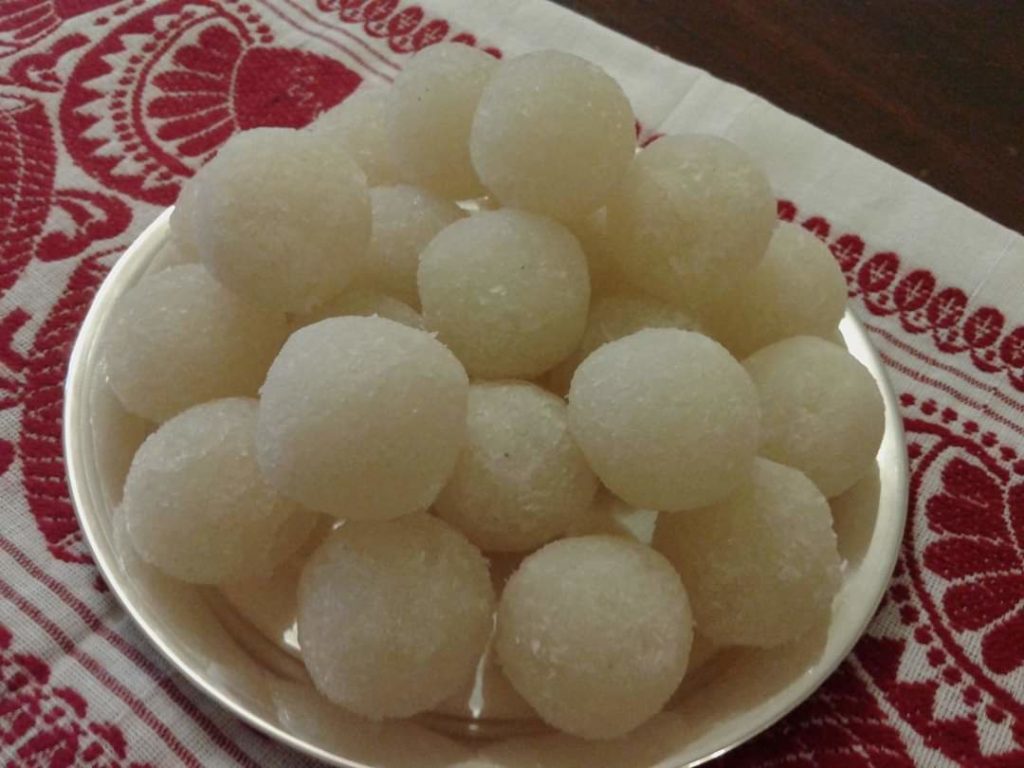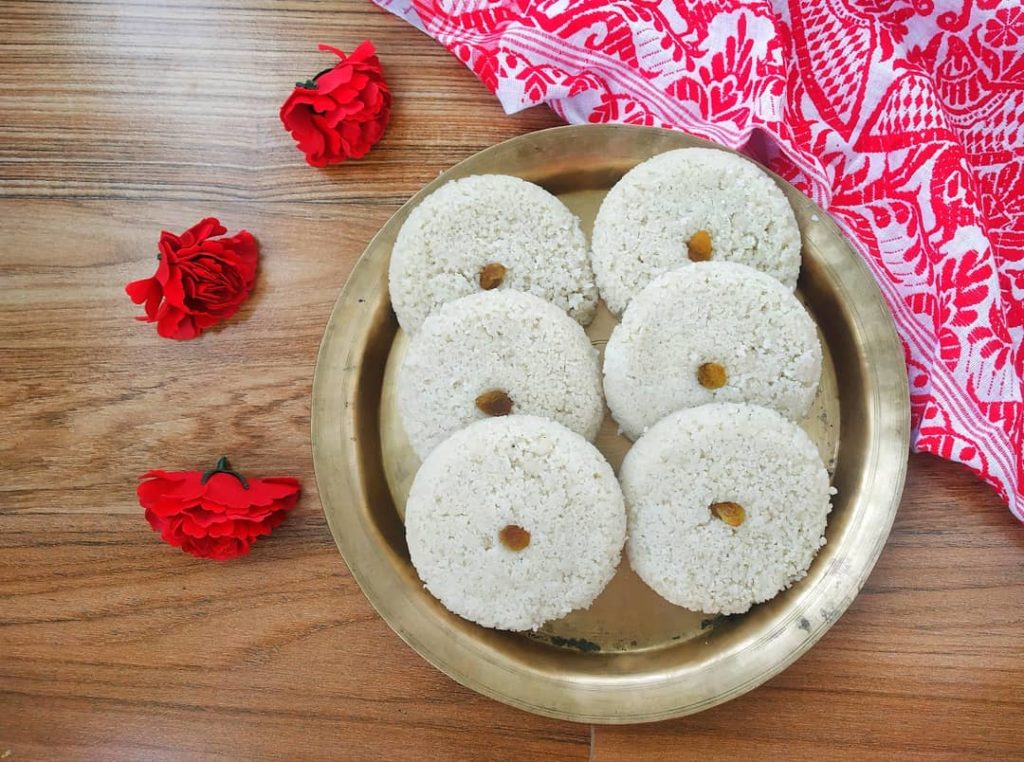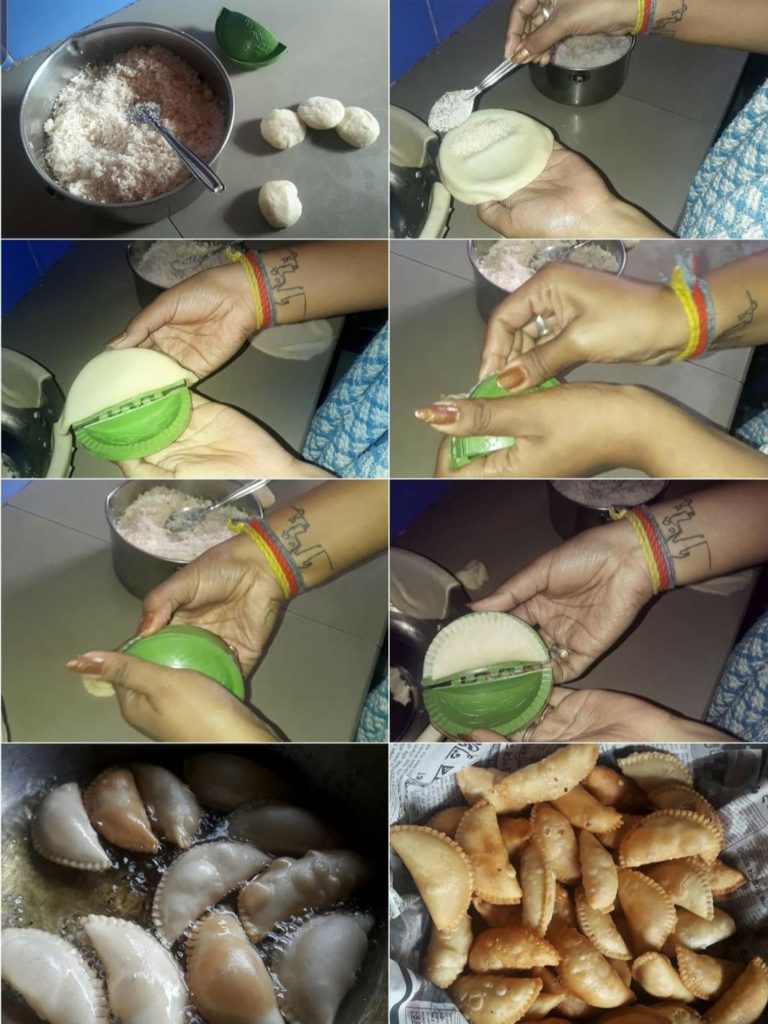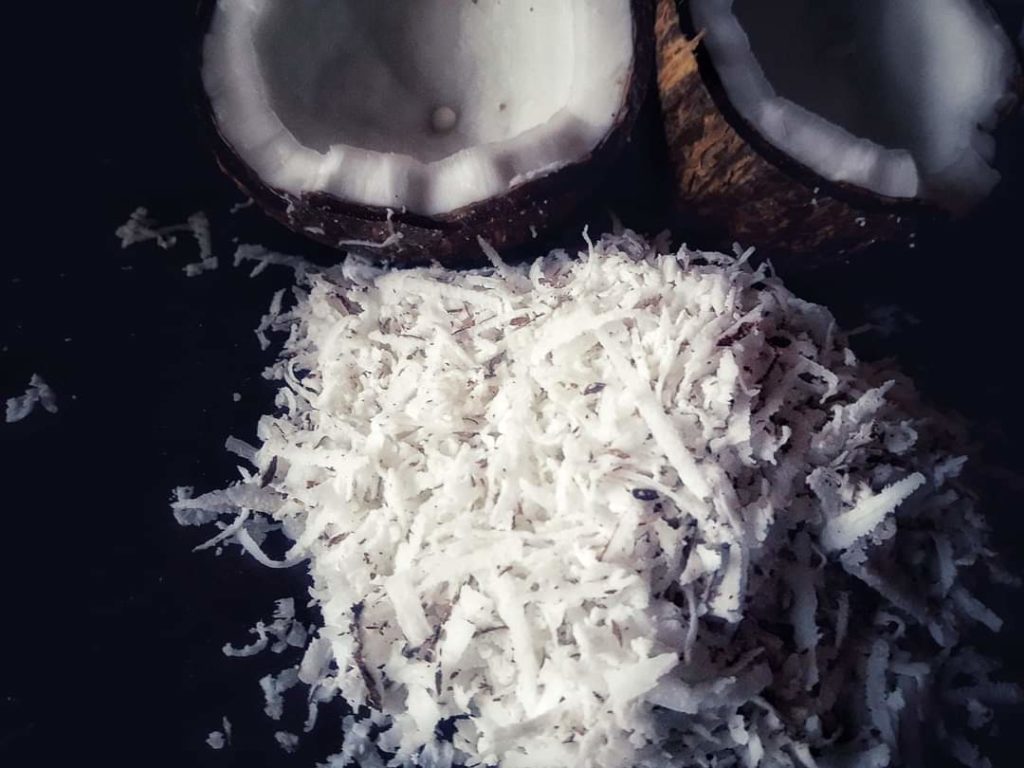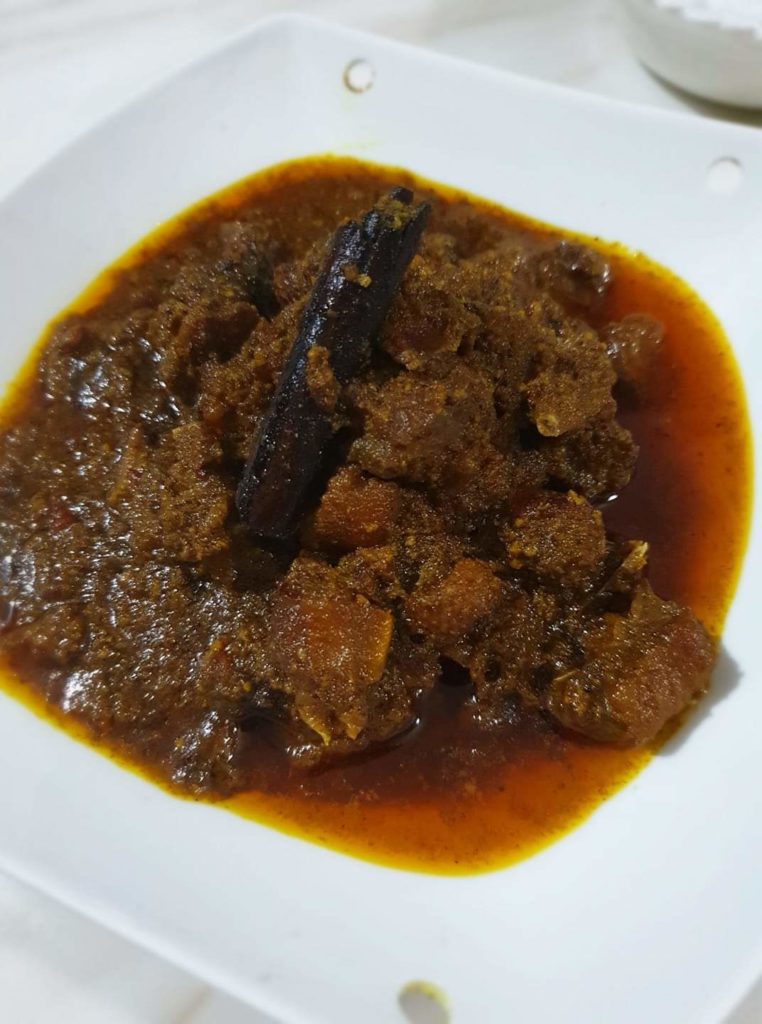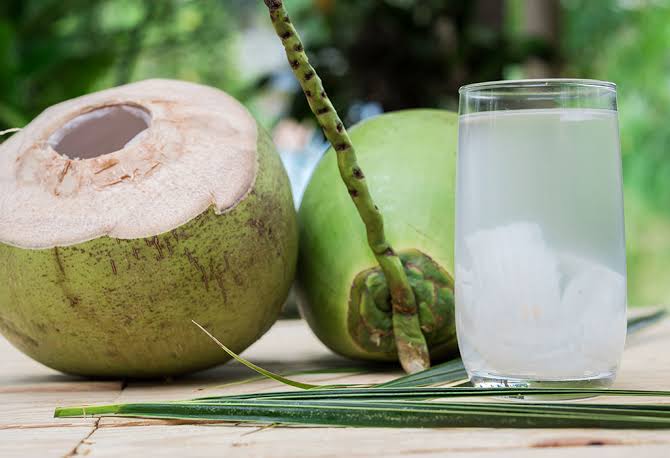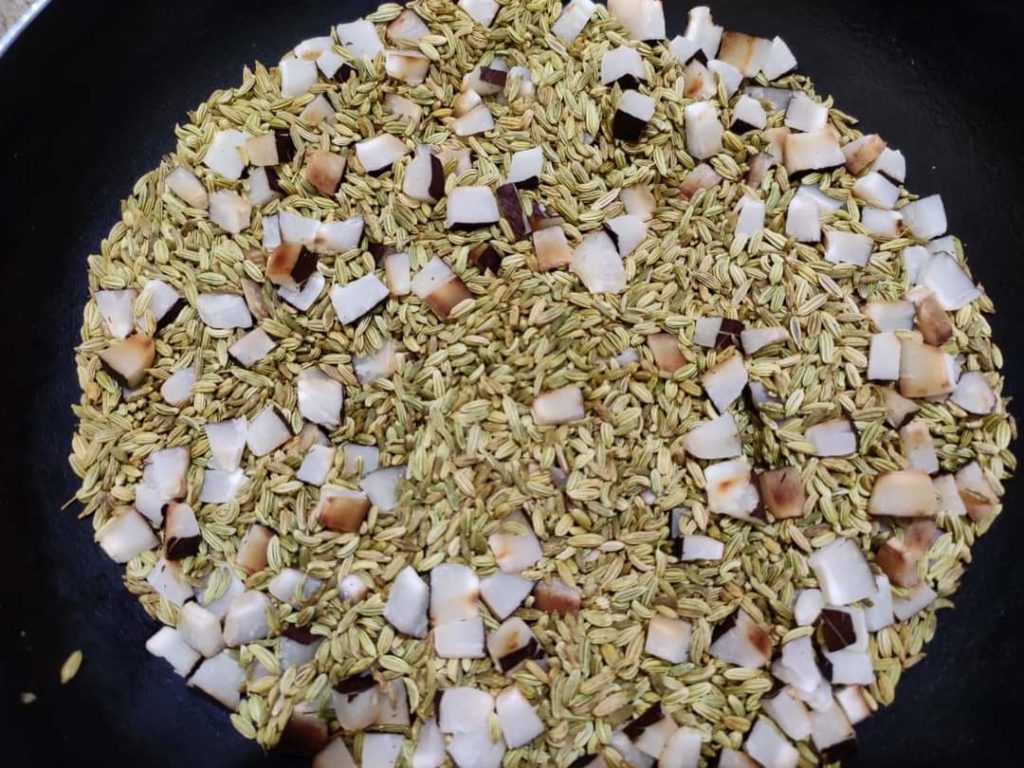Narikol is the Assamese name of coconut and it is an extremely versatile fruit. It is be consumed in its young, matured and even dried states. The health benefits of this fruit are uncountable. In Indian Culture, coconuts have a very crucial role to play. It is an essential part of any auspicious occasion or new beginning.
Coconuts grow in abundance in the plains of the region. Be it for beating the heat or for traditional delicacies, Narikol has made its way to the Assamese households long back. On the occasion of World Coconut Day on September 2, let’s have a look at some of the ways coconuts are consumed in Assam.
1. Narikol Laru
Celebrations of Bihu in Assam would be incomplete without Narikol Laru, the Assamese name for coconut laddoos. This delicacy is a sheer treat for any occasion. For preparing Narikolor Laru, first you need to grate the hard coconut meat and then roast it with sugar.
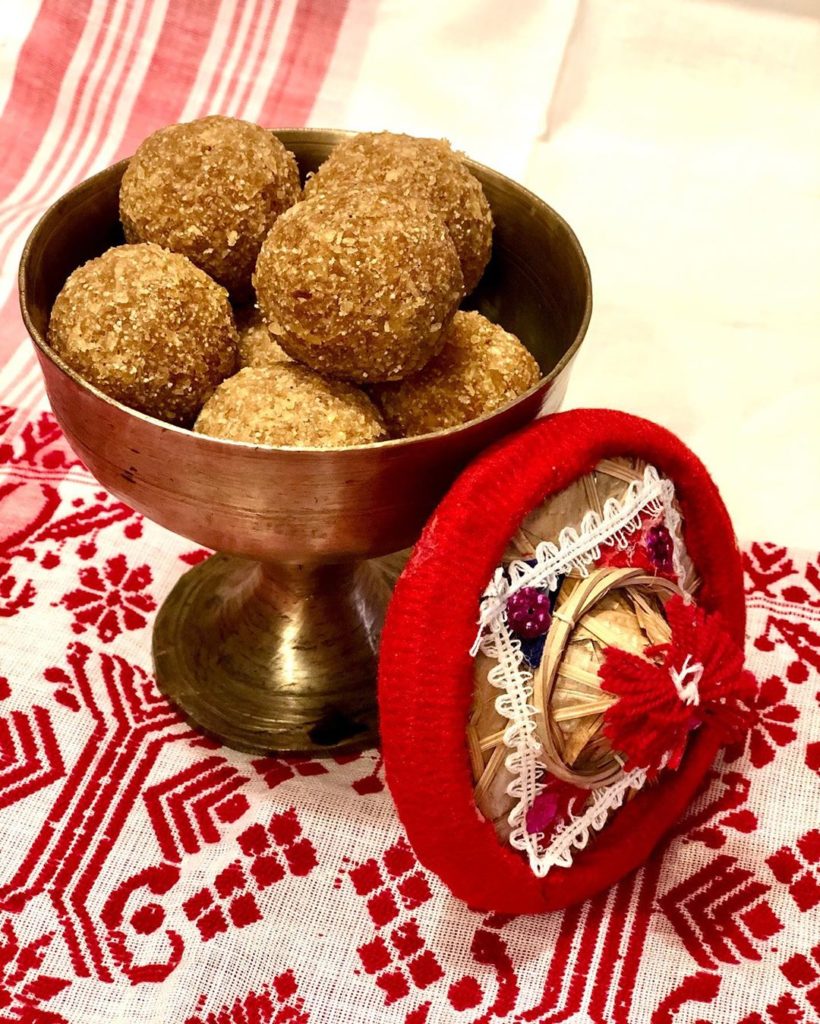
Some prefer to use jaggery in place instead of sugar. Once the mix caramelizes, give them sphere shape. Click here for the detailed recipe.
Some people add semolina or suji to the mix for taste as well as consistency. With the advent of food photography, people also add food colors to make the larus more attractive.
2. Pitha
Pitha is, probably, one of the first things that comes to your mind when you think of Assam. And why not? Assam has a melange of different types of pithas each with unique taste and story. Being the versatile fruit, Narikol finds place in the preparation of quite a large number of pithas in the state. Among the popular ones with is tekeli pitha. For its preparation, grated coconut is used in the mix. The coconut enhances the sweetness and taste of the pitha.
Another widely consumed pitha with coconut is Jun pitha. ‘Jun’ means ‘moon’ in Assamese hence as the shape of the pitha is like a half moon, it is known as Jun pitha. You need to prepare a dough with all purpose flour and make small round rotis. Stuff them with grated coconut and sugar mix and fold it to give it a shape of a half moon. Fry the pithas and voila!.
Next up is the Japa pitha. ‘Japa’ means ‘to fold’ in Assamese. The rice flour is first spread on the pan in the shape of a puri. The grated coconut mix is then placed on the center and folded into a semi-circular shape justifying the name. Click here for the detailed recipe.
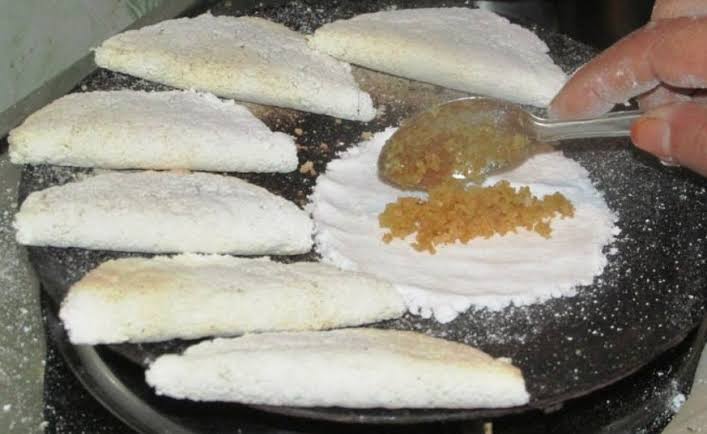
Apart from these, there many other pithas which are prepared with coconuts. And all the pithas have different names in different regions of the state.
3. Maah Proxaad
Maah Proxaad is the traditional prasad of Assam and is served in most religious ceremonies. The proxaad usually includes, chana, moong, chopped coconut, chopped ginger, salt ,rice grains and fruits. It is first offered to the deity in a beautifully arranged platter called Xoraai before the puja or naam. Once the rituals are over, the ingredients from the God’s platter are mixed and the proxaad is prepared. It is the served on banana leaves to the people present.
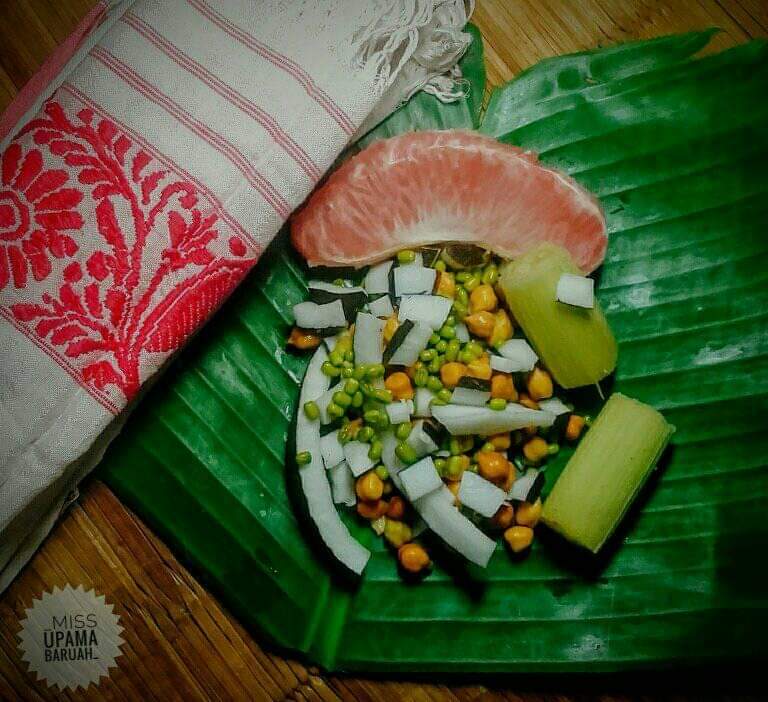
4. Narikolor Sira
In simple words, Narikolor Sira is a tougher version of grated coconut. To make this delicacy, first you will have to remove the coconut white from the hard shell and then cut it into smaller pieces. Do not make it too small, otherwise it will be difficult to grate. Grate the coconut with a normal grater, which could be a little arduous. Once you pass that tough task, roast the grated coconut with sugar till its dry. You are ready with your Narikolor sira.
4.Duck Curry with Coconut
Duck curry is a special delicacy in the state which is a must have on special occasions like Bihu. Duck with Ash Gourd or Kumura is the most popular among the duck recipes in the state. One of the versions of this haah-kumura recipes uses grated coconut. While preparing the curry, add the grated coconut and cook it for a while.
5. Daab
The naturally formed coconut water is like the elixir of life. It is super hydrating and refreshes you in any hot day. In summers, daab or tender coconut is widely consumed as a cooler. Both the water and the soft flesh are considered delicacies around here.
6. Mouth-Freshener
Although tamul is a common mouth freshener in Assam, many households also serve saunf mixed with dry coconuts as mouth fresheners. The coconut adds to the chewiness of the mixture. It also adds a slight sweetness to cut the bitterness of roasted saunf.
These were a few of the ways in which narikol is used as an ingredient in the region. Apart from these, there are many other uses of coconut in Assam. Traditionally, the hard shell is often used as a strainer to strain khar. Read more in this write-up.
Feature Image Source : Ghyfoodie.
